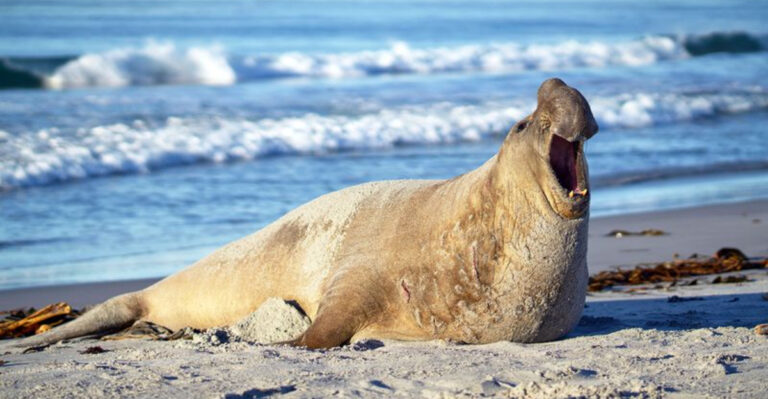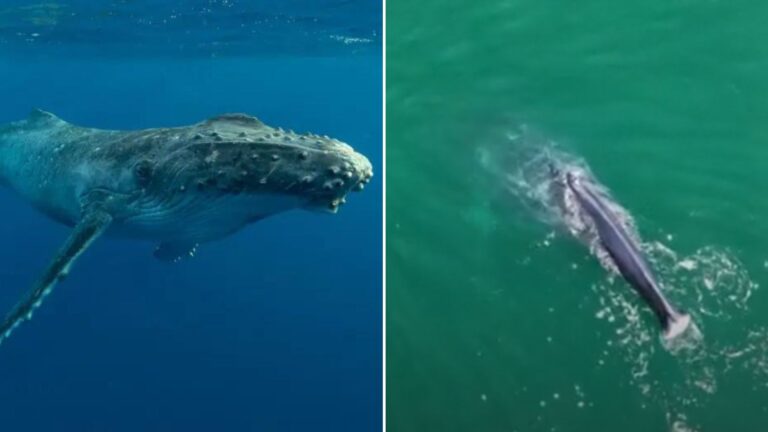Over 700 Manatees Gather In Florida Park, Setting A New Record For The Largest Group Ever Seen

Something extraordinary happened at Blue Spring State Park in Florida recently! Over 700 manatees gathered in one place, smashing previous records and thrilling wildlife experts.
This massive gathering represents an incredible conservation success story, especially considering how endangered these gentle sea creatures once were. Let’s explore 14 fascinating facts about this historic manatee meetup and what it means for these amazing animals.
1. Record-Breaking Gathering: 736 Adults And 80 Calves In 2025
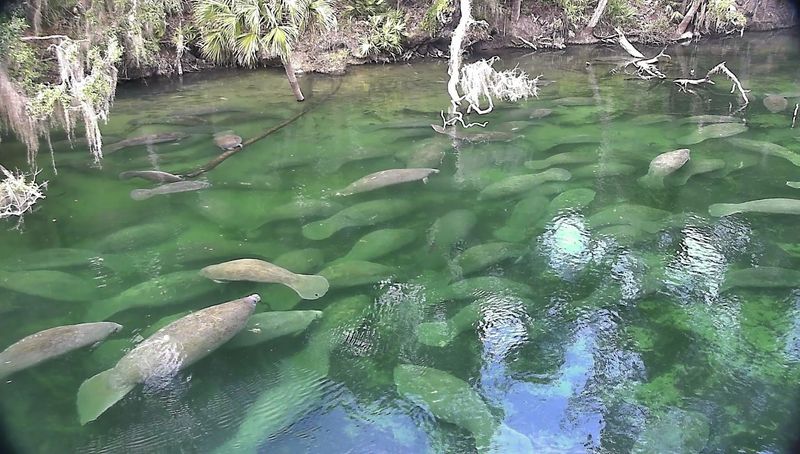
The waters of Blue Spring State Park became a manatee metropolis in 2025! A whopping 736 adult manatees and 80 adorable calves huddled together in the warm waters.
This shatters all previous records and marks a turning point in manatee conservation. Scientists were amazed to count so many of these gentle giants in one location.
2. A Historic Comparison: 14 Manatees In 1970
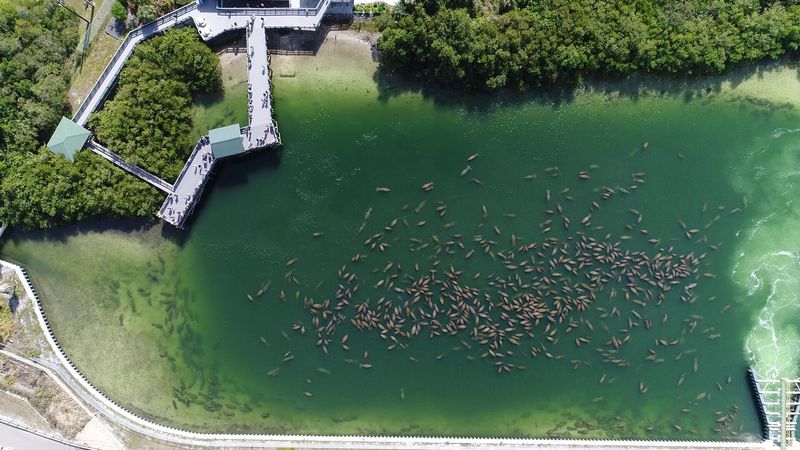
Back in 1970, researchers counted just 14 manatees at Blue Spring. That’s fewer than the number of people on a baseball team!
The jump from 14 to over 800 shows how far conservation efforts have come. This fifty-fold increase happened because people worked hard to protect these animals and their homes.
3. The Role Of Blue Spring State Park In Manatee Conservation
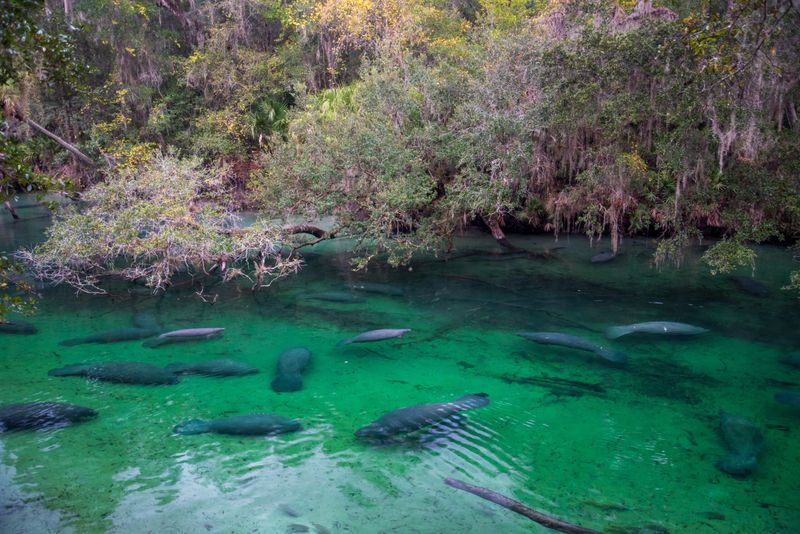
Blue Spring isn’t just any park—it’s manatee paradise! The spring pumps out water that stays at a cozy 72°F year-round, creating a perfect winter retreat.
When ocean temperatures drop, manatees flock here to avoid the cold. Without warm sanctuaries like Blue Spring, many manatees would suffer from cold stress or even die during winter months.
4. The Challenges Of Boat Strikes On Manatees
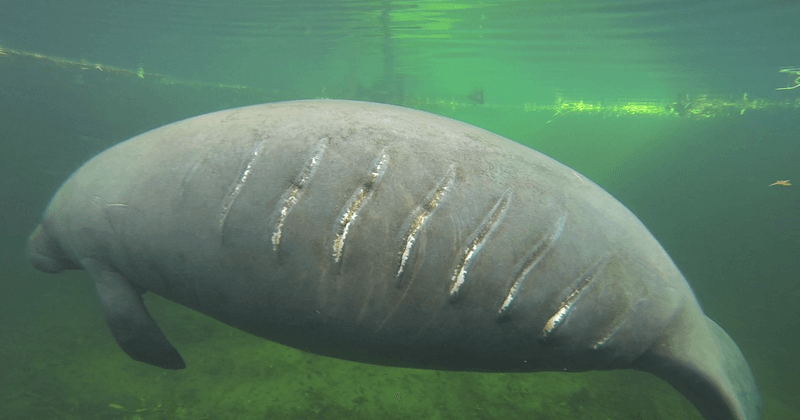
Speeding boats are like underwater bullets to manatees. Many survivors bear scars from propeller blades—painful reminders of close calls with watercraft.
Rangers enforce strict speed limits in manatee zones. These gentle creatures swim slowly and can’t quickly dodge oncoming boats, making no-wake zones crucial for their survival in Florida’s busy waterways.
5. Algal Blooms And Water Pollution: A Growing Threat
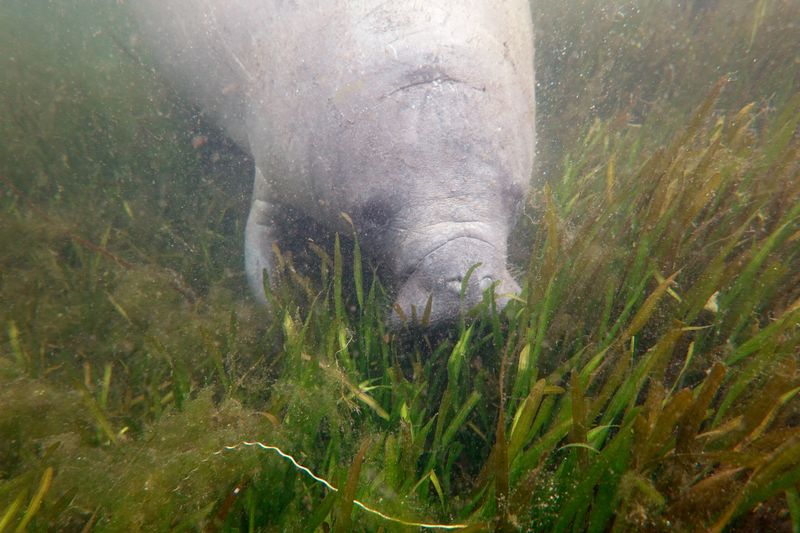
Green slime is suffocating manatee habitats! Harmful algal blooms, fueled by fertilizer runoff and pollution, cloud the water and kill off vital plants.
In recent years, hundreds of manatees starved when algae destroyed seagrass beds. Clean water initiatives are now racing to restore these underwater meadows before more gentle giants suffer.
6. Seagrass Shortages And Their Effect On Manatee Diets
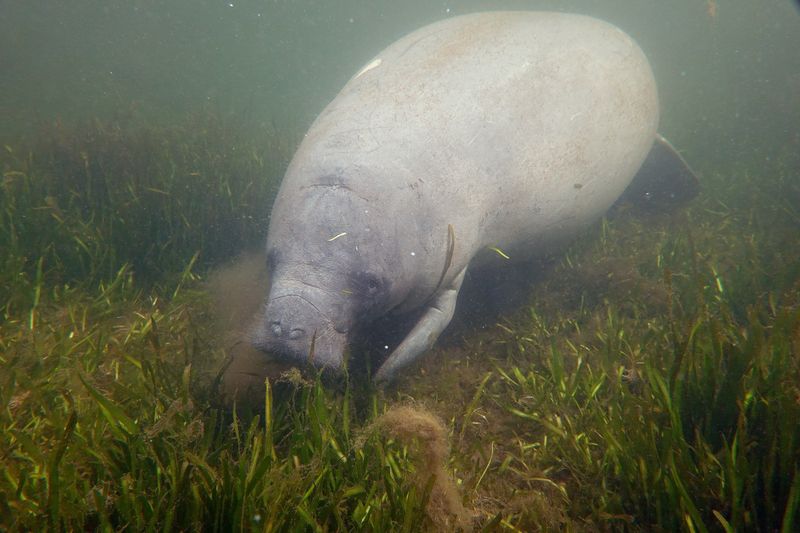
Manatees are underwater lawnmowers, munching through 100-150 pounds of seagrass daily! When seagrass disappears, these hefty herbivores face serious food shortages.
The Indian River Lagoon crisis saw unprecedented manatee deaths from starvation. Emergency feeding programs now provide lettuce to hungry manatees while scientists work to restore their natural buffet of underwater plants.
7. Endangered To Threatened: The Downlisting Of Manatees
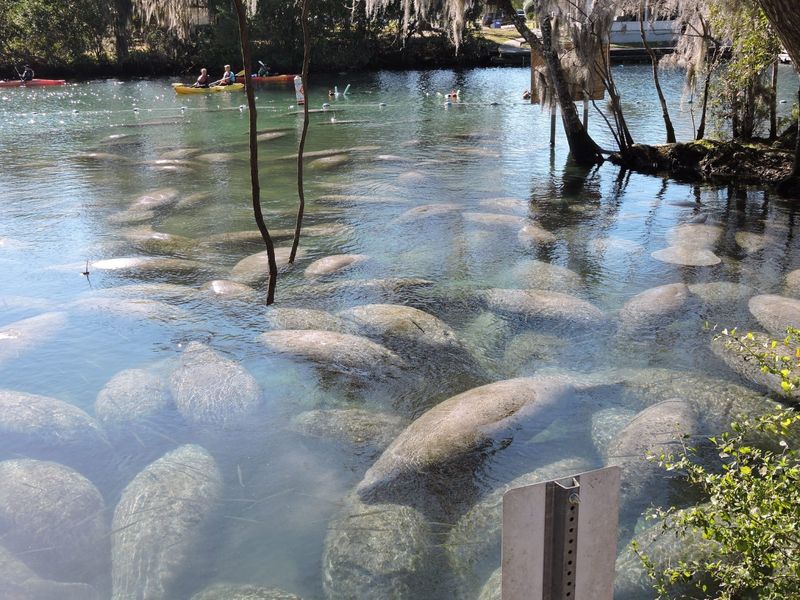
Manatees got a status upgrade in 2017! After 44 years as “endangered,” they moved to the less-dire “threatened” category.
Some celebrated this milestone, while others worried it might reduce protections. Regardless of their official label, these blubbery beauties remain protected under multiple laws, and their recovery continues to need our help.
8. Importance Of The Winter Months: Manatee Congregation
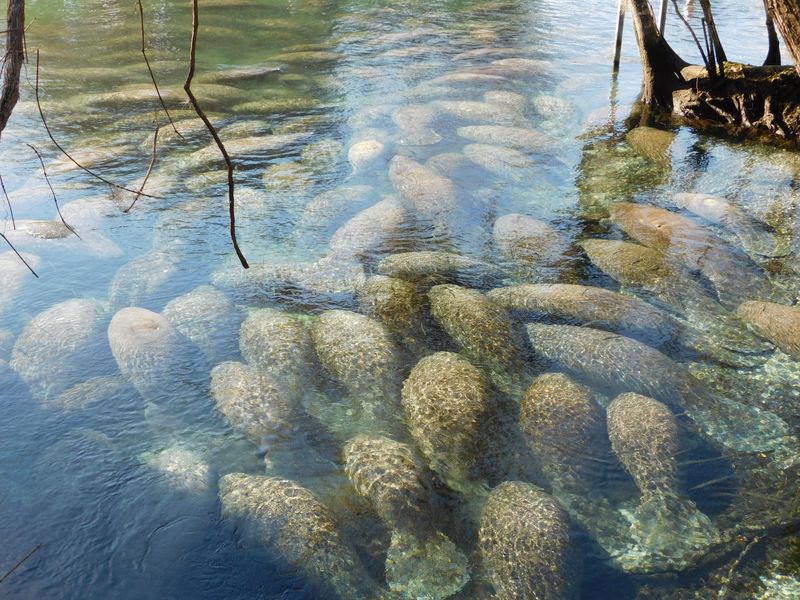
Winter turns manatees into spring-seekers! These tropical mammals can’t handle water below 68°F for long periods.
When temperatures drop, they migrate to warm springs and power plant outflows. The Blue Spring gathering happens during cold snaps, when these temperature-sensitive creatures huddle together in the constant warmth of the spring.
9. Manatee Calves: A Vital Part Of The Population Recovery

Baby manatees are conservation superstars! The 80 calves spotted at Blue Spring signal a healthy breeding population.
These pudgy youngsters nurse for up to two years and stay with mom for several more. Each surviving calf represents hope for the species, especially considering females only give birth every 2-5 years after a 12-month pregnancy.
10. The Role Of The Save The Manatee Club
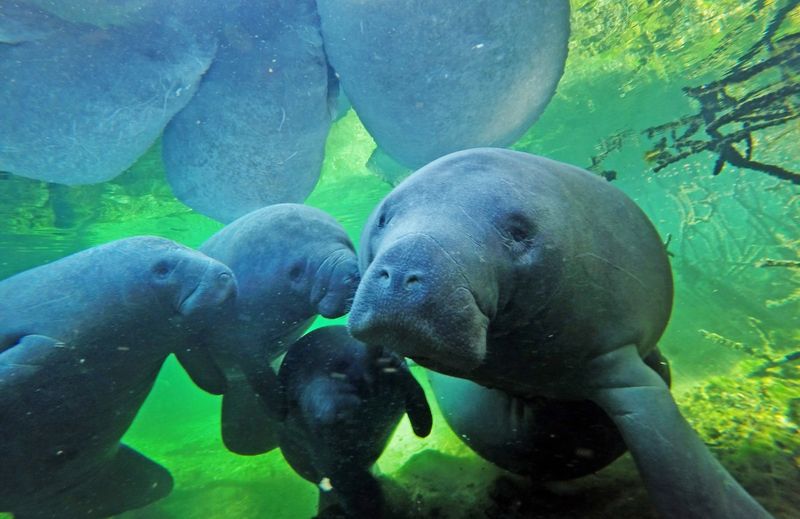
Founded by singer Jimmy Buffett and former Florida Governor Bob Graham in 1981, Save The Manatee Club champions these gentle giants.
The organization funds research, rescue operations, and educational programs. Their popular manatee adoption program lets anyone support specific manatees tracked by researchers, creating personal connections between humans and these charming sea cows.
11. A Collaborative Conservation Effort: From Local Communities To Government
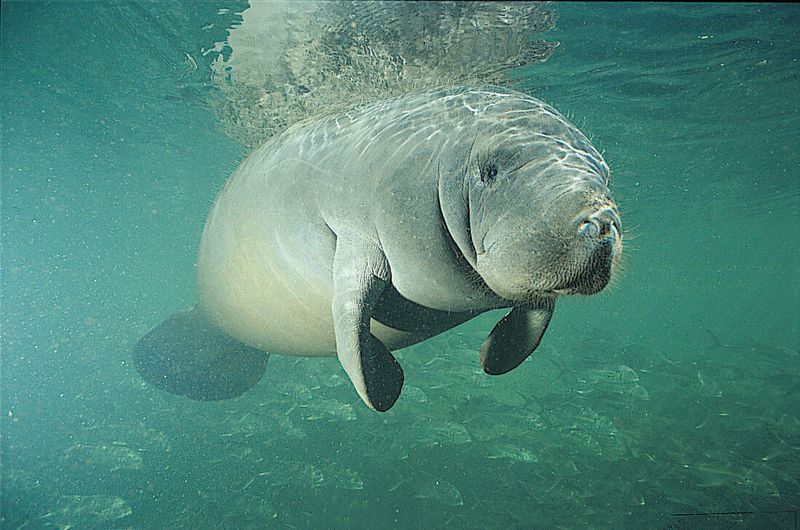
Saving manatees takes teamwork! Federal agencies, state wildlife officers, nonprofit groups, and everyday citizens all play crucial roles.
Local volunteers report injured manatees and monitor populations. Government agencies enforce protection laws. This all-hands-on-deck approach has helped manatee numbers climb from just a few hundred in the 1970s to over 7,000 today.
12. The Manatee’s Vulnerability To Climate Change
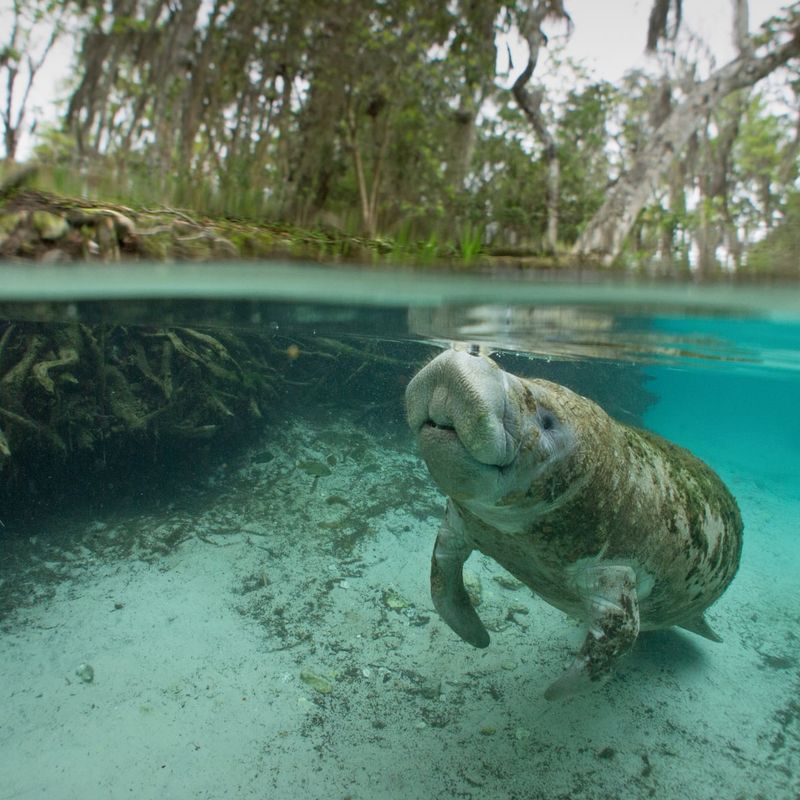
Climate change poses new challenges for manatees. Rising sea levels may flood coastal habitats while changing water temperatures disrupt their migration patterns.
Extreme weather events like hurricanes damage seagrass beds. Scientists worry that even as manatee numbers grow, their habitat is shrinking. Protecting natural springs becomes even more vital as climate impacts increase.
13. Manatees And Ecosystem Health: An Indicator Species
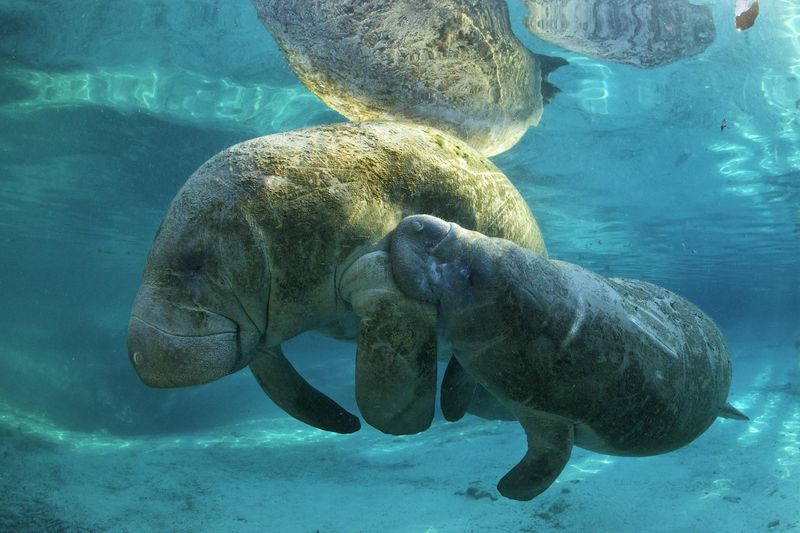
Manatees are nature’s water quality testers! Their health reveals the condition of entire ecosystems.
When manatees thrive, it means waterways have clean water and abundant plants. The record-breaking gathering at Blue Spring suggests improving conditions in connected waterways. Scientists call manatees an “umbrella species” because protecting them benefits countless other creatures.
14. Ongoing Monitoring And Research: The Key To Long-Term Recovery

High-tech tracking helps scientists follow manatee movements! Researchers attach GPS trackers to monitor migration routes and habitat use.
Each winter, staff at Blue Spring count manatees daily, creating valuable population data. Some manatees even have names and backstories known to researchers who’ve followed them for decades, providing insights into their long lives.

